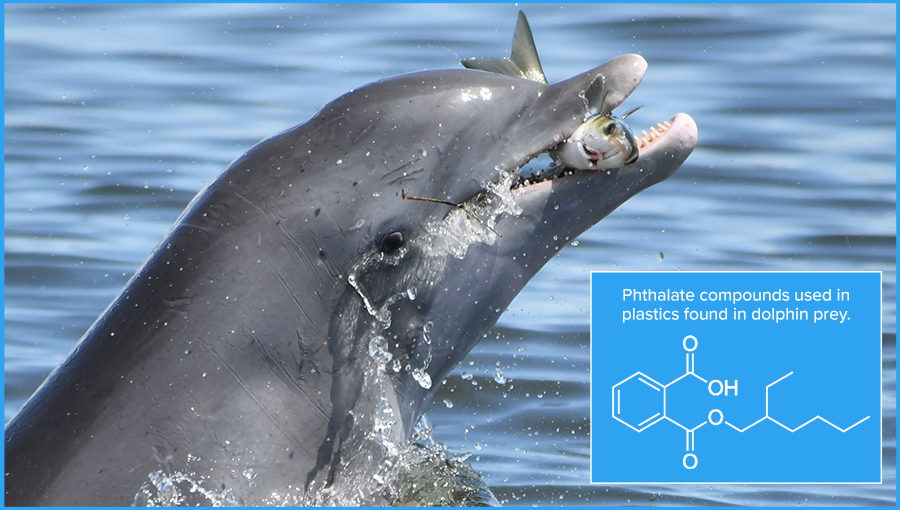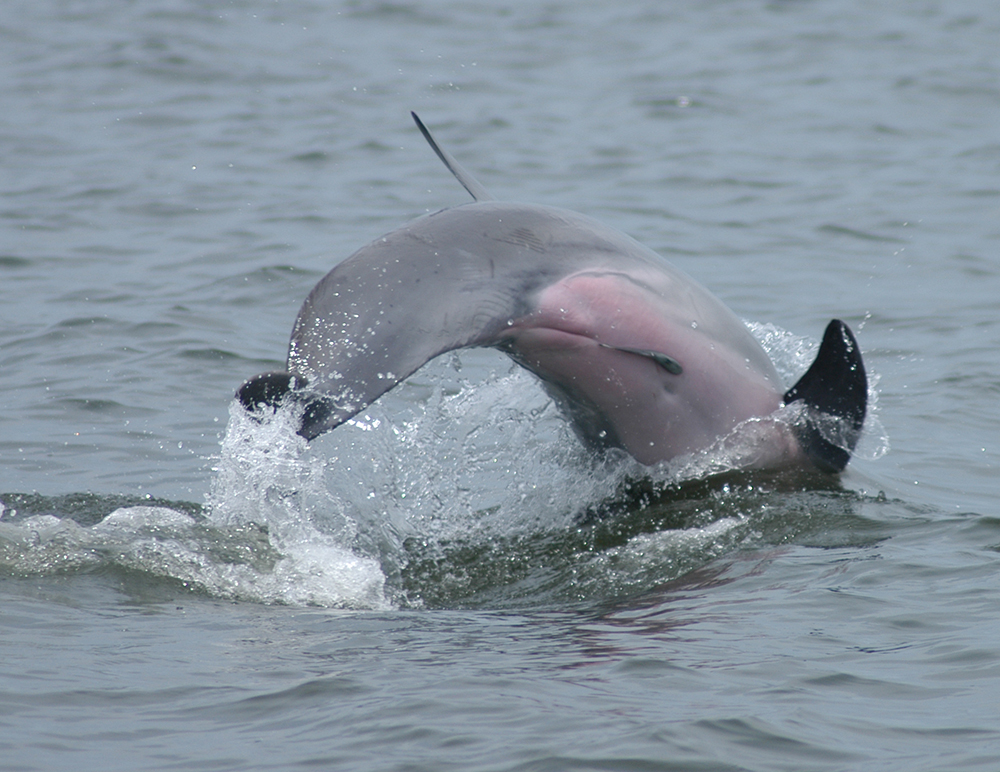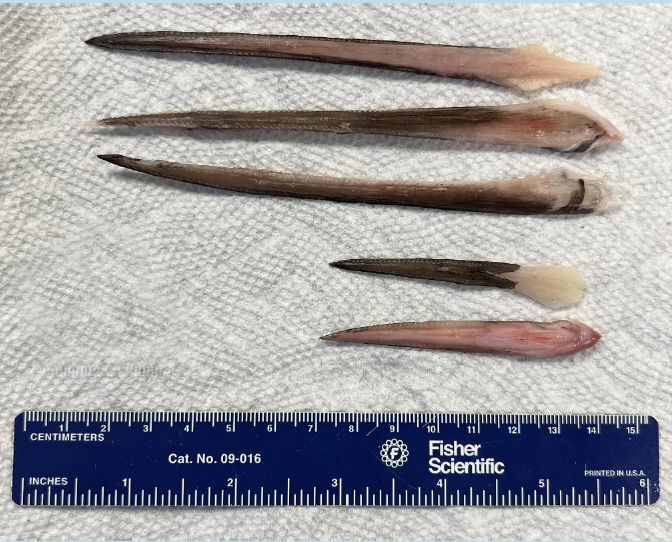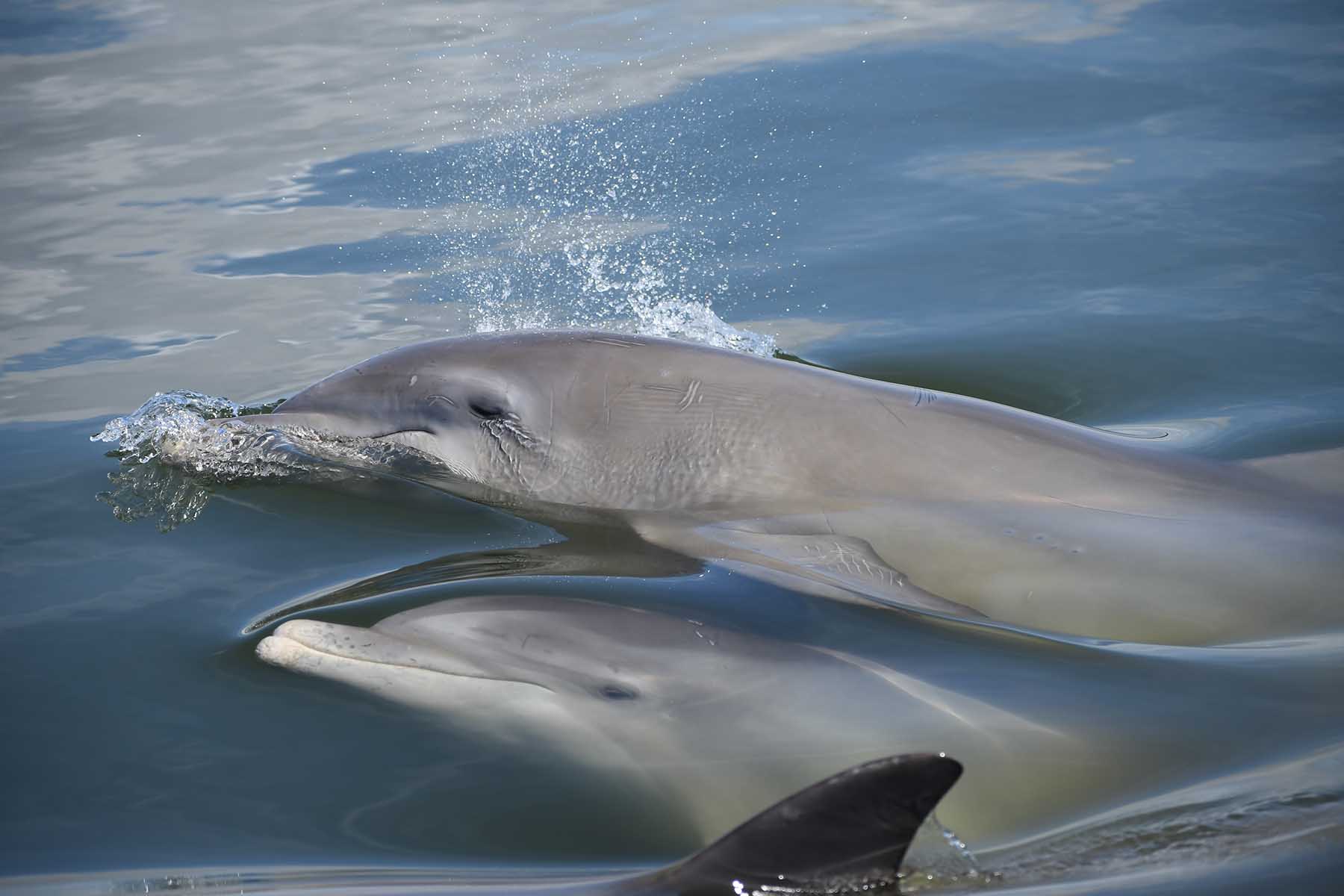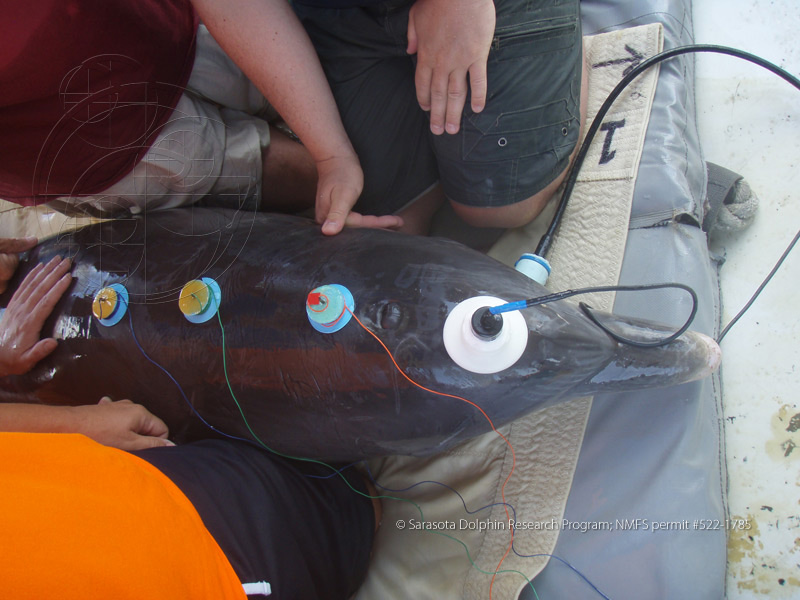These posts discuss issues related to dolphin biology.
Plastic and Plastic Compounds in Dolphins
Nadine Slimak2024-11-13T16:33:31+00:00Studying the Impacts of Plastics and Plastic Compounds in Sarasota Bay Dolphins The oceans are estimated to contain more than 170 trillion plastic particles — with more than 90% classified as microplastics less than 5mm (about the size of a pencil eraser). While impacts from marine life


